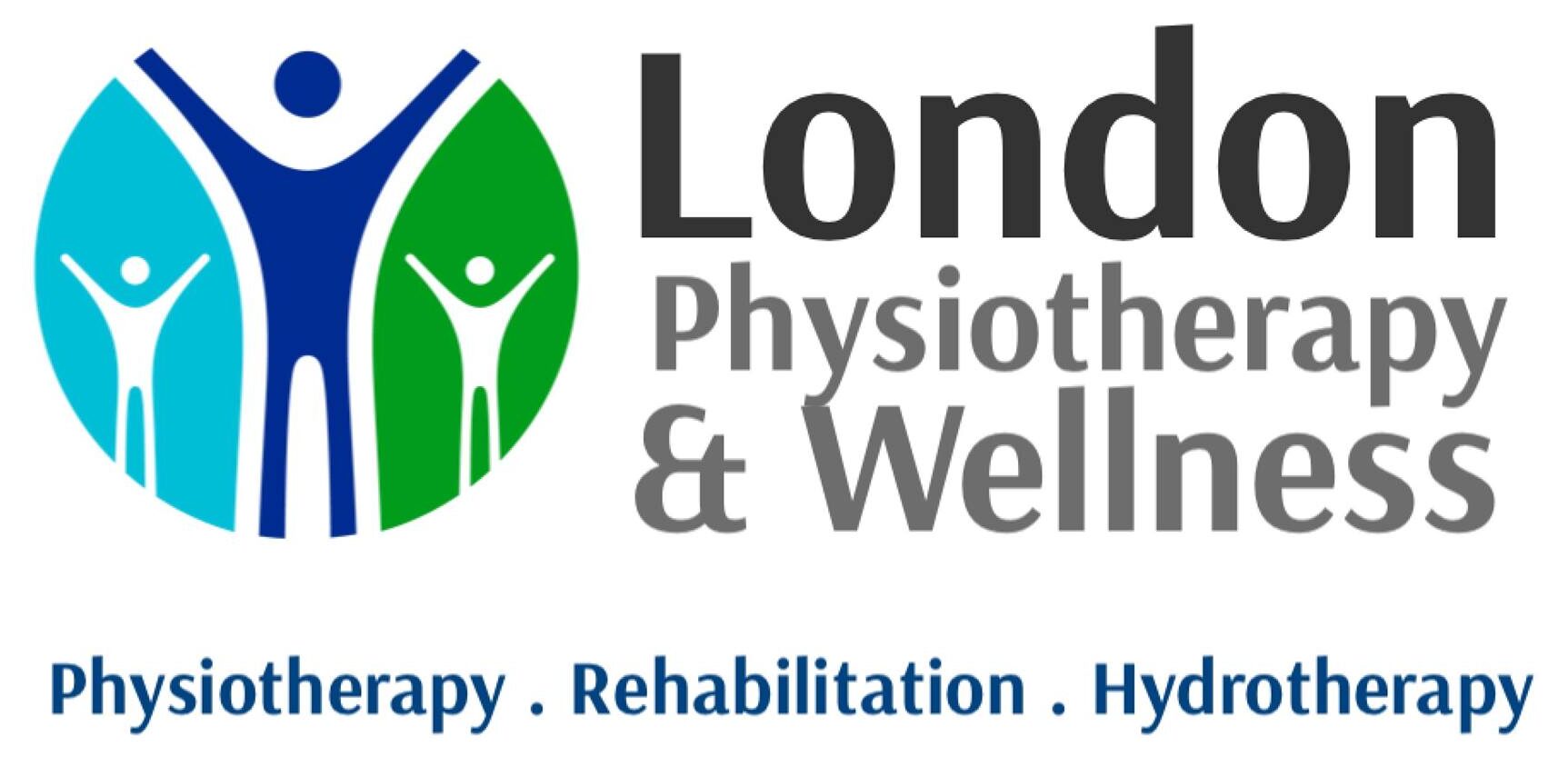LONDON PHYSIOTHERAPY AND WELLNESS CLINIC OFFERS THE BEST HYDROTHERAPY AND PHYSIOTHERAPY IN LONDON AND ESSEX
For access to expert care and state of the art hydrotherapy and physiotherapy facilities for treating a variety of musculoskeletal conditions, visit the London Physiotherapy and Wellness Clinic. They have an active approach to improving performance and physical health, incorporating hydrotherapy and advanced strengthening equipment into fulfilling their patients’ physiotherapy needs.
The clinic provides aquatic physiotherapy (hydrotherapy) for early rehabilitation in cases where traditional approaches will not work. Hydrotherapy sessions at the London Physiotherapy and Wellness Clinic are very effective, not only in relieving muscle pains, but also depression, arthritis, headaches, joint problems, and even acne. Water—which can store and transmit energy and heat—is used as a healing agent, combined with cutting edge therapy and exercise techniques.
Patients exercise in water during these hydrotherapy sessions in London and Essex. The water’s buoyancy supports the body, helping relieve stress on the joints. The intensity and mode of hydrotherapy treatment can be modified based on the individual’s condition and goals. The hydrotherapy specialists of the London Physiotherapy and Wellness Clinic can work in tandem with the doctors of their patients to ensure the best results.
The physiotherapists of the London Physiotherapy and Wellness Clinic provide sports physiotherapy treatment for athletes, but that’s not all. They also serve patients who have suffered from a stroke or are dealing with Parkinson’s disease. Patients who are recovering from a heart attack can also benefit from the care and support provided by the clinic.
The London Physiotherapy and Wellness Clinic has the latest equipment for friction free scientific strength training, spine strength testing, and many more. Their biofeedback pelvic floor training equipment is non-invasive and is the first of its kind not only in London but in the UK. The clinic likewise provides preventative treatment including sports specific conditioning for athletes in varying skill levels. Postural training and ergonomic advice is offered a part of their back and neck pain service.
